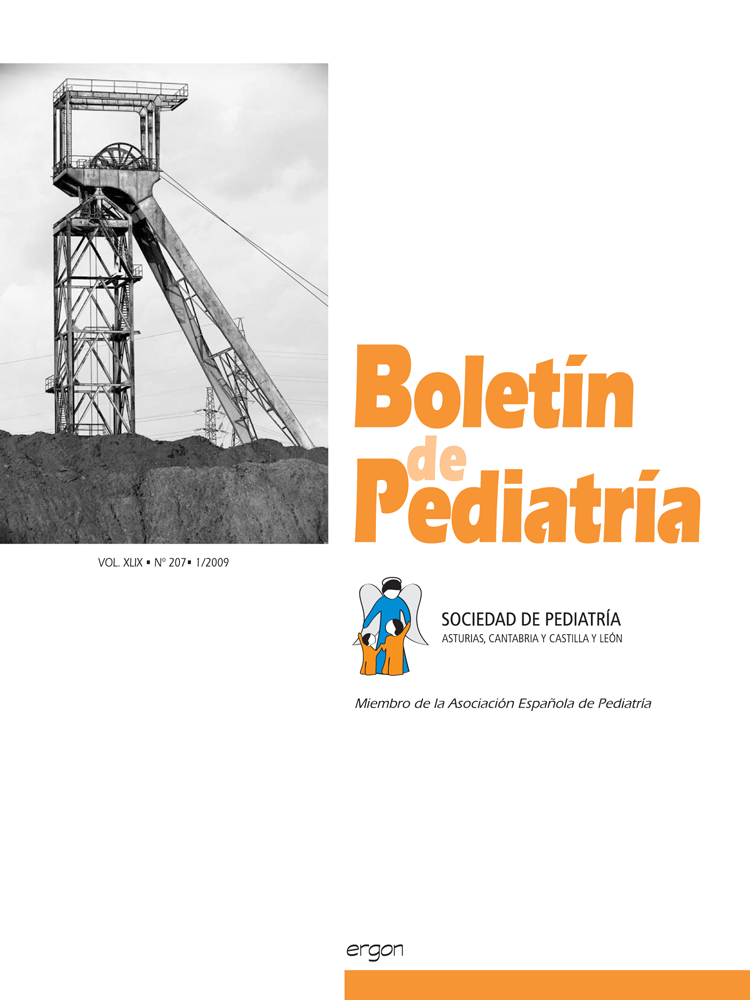Abstract
Introduction: In Mexico, several previous attempts have been made to obtain standardized data on children of different ages in different neuropsychological evaluation tests. These studies have not been sufficient to obtain standardized data representative of the cultural diversity characteristic of the Mexican Republic and specifically aimed at persons who have some type of cognitive dysfunction.
Objectives: This investigation forms a part of the investigational line whose purpose is to contribute to the validation process of the Initial-Luria neuropsychological battery in the Mexican population. In these articles, we are going to focus on analyzing some psychometric properties of the Luria-Initial battery.
Sample: The sample generating the data include 100 boys and girls of pre-school and first grade, whose ages ranged from four to six years, of both genders.
Instruments: Two were applied instruments: Child Neuropsychological Battery (Luria-Initial) and Raven Progressive Matrices Test.
Results: The first step in the analysis was to obtain the internal and global consistency of the Luria-Initial battery using Cronbach's Alpha Coefficient, obtaining a value of 0.861, slightly inferior to that of that obtained in the validation procedure. Regarding the analyses of the internal structure of the Luria-Initial battery, four factors were obtained that accounted for 68.512% of the total variance.
Conclusions: All the Luria-Initial battery analyzed in subtests and areas has been shown to have good internal consistence. In regards to the factorial structure, they coincide in number, and disagree in regards to their composition with those obtained with the standardized sample.

This work is licensed under a Creative Commons Attribution-NonCommercial 4.0 International License.
Copyright (c) 2009 Boletín de Pediatría
